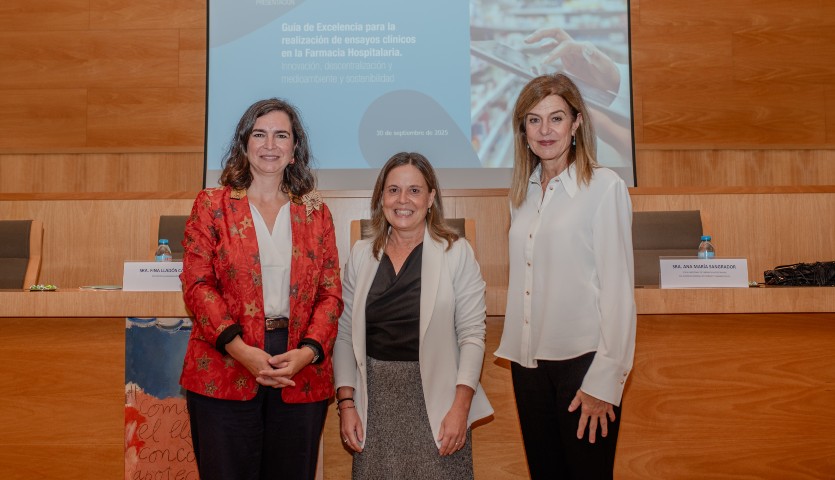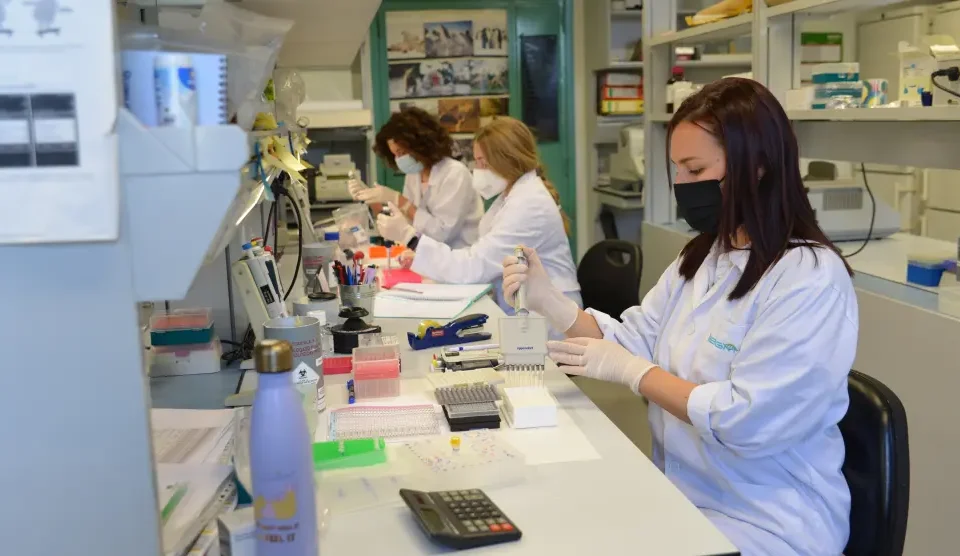Australia’s recipe for strengthening medical research capacity and leading the way into the next decade

At a time of great challenges in global health research, one of the countries with the most influence in this field is preparing a national strategy to shape the next ten years.

consalud.es
Health research presents challenges throughout the world. The search for more accurate and rapid diagnostic methods; for more innovative, more precise treatments; for monitoring systems; and for cures for diseases that currently have none involves large amounts of material and human resources that are difficult to obtain and maintain. Thus, not all countries can develop high-quality research that translates into solutions for patients. In fact, seven regions of the world provide most of the funding for research into diseases as common as cancer worldwide.
In recent years, research funding has been declining, with the shortage increasing following the United States’ announcement that it would be cutting a large part of its investment funds starting this year. At this point, it is time to strengthen national and international research with solutions that vary from country to country. Last week, Canadian experts pointed out that their country must prioritise long-term horizons, while other experts indicated that the European Union should continue to commit to more coordinated and synchronised funding. On Wednesday, Commissioner Ursula Von der Leyen called for global leadership in health by spearheading the new Global Health Resilience Initiative. this week Australia published the draft of its ten-year National Health Research Strategy, with other key points to address the sustainability problem that plagues every corner of the world in terms of medical research.
Australia is one of the world leaders in health research. According to a study published in The Lancet, it ranks fifth in global cancer research funding, behind only the United States, the European Union, the United Kingdom and Japan. It is also a member of the Commonwealth, one of the oldest and largest organisations (comprising 54 countries from different continents with historical ties to the United Kingdom), which acts as a counterweight to the United States, capable of making up for the American country’s lack of investment.
They want to build ‘a dynamic research system that benefits the nation.’
In the National Health and Medical Research Strategy 2026-2036, released for public consultation this week, the Australian Government seeks to ‘provide national direction and build on strengths in the health and medical research sector,’ as well as ‘fill any gaps and continue to attract researchers and investors.’ The ultimate goal: to improve health outcomes for the population.
THE AUSTRALIAN RECIPE
The draft Strategy, which has been released for public consultation, establishes five areas of focus for transforming research in the country. Firstly, they focus on building ‘a dynamic research system that benefits the nation’. How? By establishing and evaluating national priorities for investment; identifying future and emerging challenges for the health system; and prioritising collaboration and resource sharing through investment in platforms and networks across the medical and health research ecosystem.
The new research system also aims to increase the attractiveness of investment in this area by improving the relationship between research and industry processes and sharing risks. They will also strengthen local manufacturing capacity and the commercialisation of biotechnology and medical technology.
They will strengthen local manufacturing capacity and the commercialisation of biotechnology and medical technology.
This will prepare them to face future health challenges, such as health emergencies or pandemics, which will become increasingly common, as many experts have pointed out in the wake of the COVID-19 pandemic; the increase in ageing and its comorbidities and the rise in non-communicable diseases such as cancer, diabetes and obesity as a result of factors such as lifestyle; and the new technologies that are being integrated into health systems.
To adapt to this, Australians have focused on three points: leveraging innovative technologies and cutting-edge approaches such as artificial intelligence; taking a One Health approach to research by assessing its impact not only on human health but also on the environment, i.e. creating environmentally sustainable research; and strengthening strategic international collaborations, both globally and regionally. These measures can be extrapolated to other countries and aim to make Australia ‘a leader in the health research sector’, in the words of the Strategy’s head, Rosemary Huxtable.





